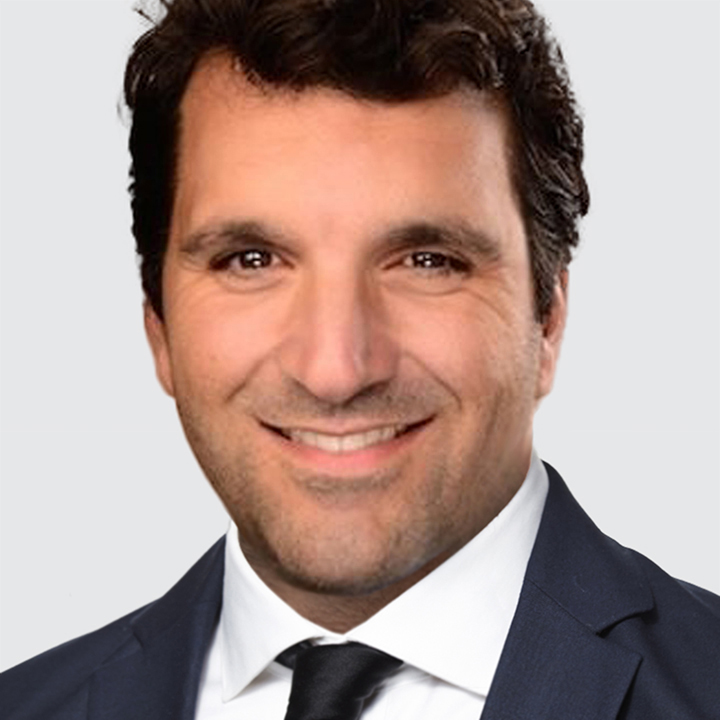Curb Your Fed Easing Enthusiasm
- Sticky underlying U.S. inflation supports the case for a cautious Fed easing cycle.
- UK real GDP grew 0.2% m/m in August after stagnating the previous two months. BOE rate cut expectations largely unchanged.
- Canada’s September labor force data will help shape the magnitude of the BOC rate cut decision later this month.
USD spiked-up briefly to a two-month high yesterday after Atlanta Fed President Raphael Bostic raised the possibility of holding off easing at the next November meeting. USD has since pared back those gains but continues to trade firmly against most major currencies.
U.S. inflation in September was hotter than anticipated and argues for a cautious Fed easing cycle. Headline CPI dropped 0.1pts to a 43-month low at 2.4% y/y (consensus: 2.3%), core CPI (ex. food and energy) unexpectedly increased 0.1pts to 3.3%% y/y (consensus: 3.2%) and super core CPI (core services less housing) remained uncomfortably high at 4.3% y/y for a second consecutive month.
Following the U.S. CPI print, Atlanta Fed President Raphael Bostic (voter) said “I think we have the ability to be patient and wait and let things play out a little longer.... There are elements of today's report which I think validate that view."
Fed funds futures imply 85% odds of a 25 bp cut at the November 7 meeting while a 25 bp cut at the December 18 meeting is fully priced-in. In our view, there is room for an upward adjustment to U.S. interest rate expectations in favor of USD because resilient U.S. economic activity and easing in financial conditions are upside risks to inflation.
The bigger than expected pick-up in U.S. initial jobless claims for the week ending October 5 is a red flag for the labor market. Initial claims rose 33k from the previous week to 258k (consensus: 230k), the highest since June 2023. However, the data may have been distorted by Hurricane Helene and the Boeing machinist strike. More importantly, broader job market conditions are positive underpinned by solid labor demand and low layoffs.
The U.S. September PPI data (1:30pm London) and the University of Michigan preliminary October consumer sentiment report (3:00pm London) are today’s highlights. Headline PPI is expected to fall 0.1pts to 1.6% y/y while core PPI is projected to rise 0.2pts to 2.6% y/y. Watch-out for PPI ex-trade, transportation, and warehousing because it feeds into the core PCE calculations. Another sticky print above 4% y/y is an upside risk to inflation.
Meanwhile, the headline consumer sentiment index is expected to improve to a six-month high at 71.0 in October consistent with a healthy consumer spending outlook. Overall, positive real wage growth, encouraging labor demand, and strong household balance sheets suggest household spending will remain an important tailwind to U.S. GDP growth.
CAD will take its cue today from Canada’s September labor force survey (1:30pm London). Consensus sees a 27k rise in jobs vs. 22.1k in August and the unemployment rate is expected to rise 0.1pts to a three-year high at 6.7% on an unchanged participation rate of 65.1%. More evidence cooling labor market conditions will cement the case for a 50 bp Bank of Canada (BOC) rate cut at the next October 23 meeting and drag CAD lower. The market is currently pricing-in 58% probability of such a cut. The BOC Q3 business outlook survey released later today (3:30pm London) will also help guide near-term policy rate expectations.
EUR/USD recovered overnight after testing two-month lows around 1.0900. The ECB’s Account of the September meeting highlighted three policy path scenarios: (i) gradual easing, (ii) faster pace of rate cuts, (iii) suspend the cutting cycle.
According to the ECB, a gradual approach to dialing back restrictiveness would be appropriate if the incoming data were in line with the baseline projection. A faster pace of rate cuts would likely be appropriate if the growth outlook worsened or services inflation slows more than the ECB expects. Finally, pausing the easing cycle would be appropriate if core inflation quickens. Risks are skewed in favor of the second scenario which can further weigh on EUR. The Eurozone economy is stagnating, and inflation is undershooting the ECB’s 2% target.
GBP/USD is consolidating near this week’s low around 1.3050. The U.K. August GDP report matched consensus and does not move the dial on Bank of England rate cut expectations. Real GDP grew 0.2% m/m after stagnating the previous two months. All three sectors made positive growth contributions in August. Services added 0.06pts to monthly GDP, while production and construction added 0.07 and 0.03pts, respectively. The Bank of England is expected to resume cutting rates at the November 7 meeting.
KRW is outperforming. Bank of Korea (BOK) delivered a hawkish cut. In line with expectations, BOK cut the policy rate 25 bp to 3.25% in a 5-1 vote split. The dissenter favored keeping rates on hold. Still, the bar for additional easing is high as five members want to keep rates steady over the next three months, while only one prefers to keep the door open to a cut. The market is pricing in 60 bp of total easing over the next 12 months.

